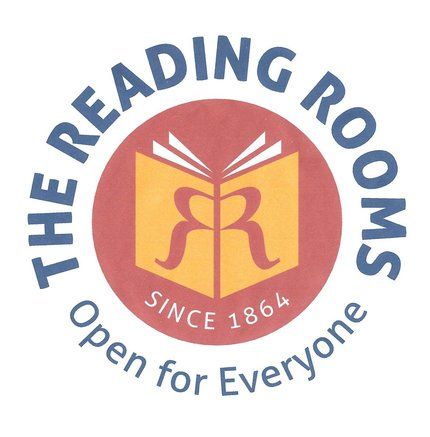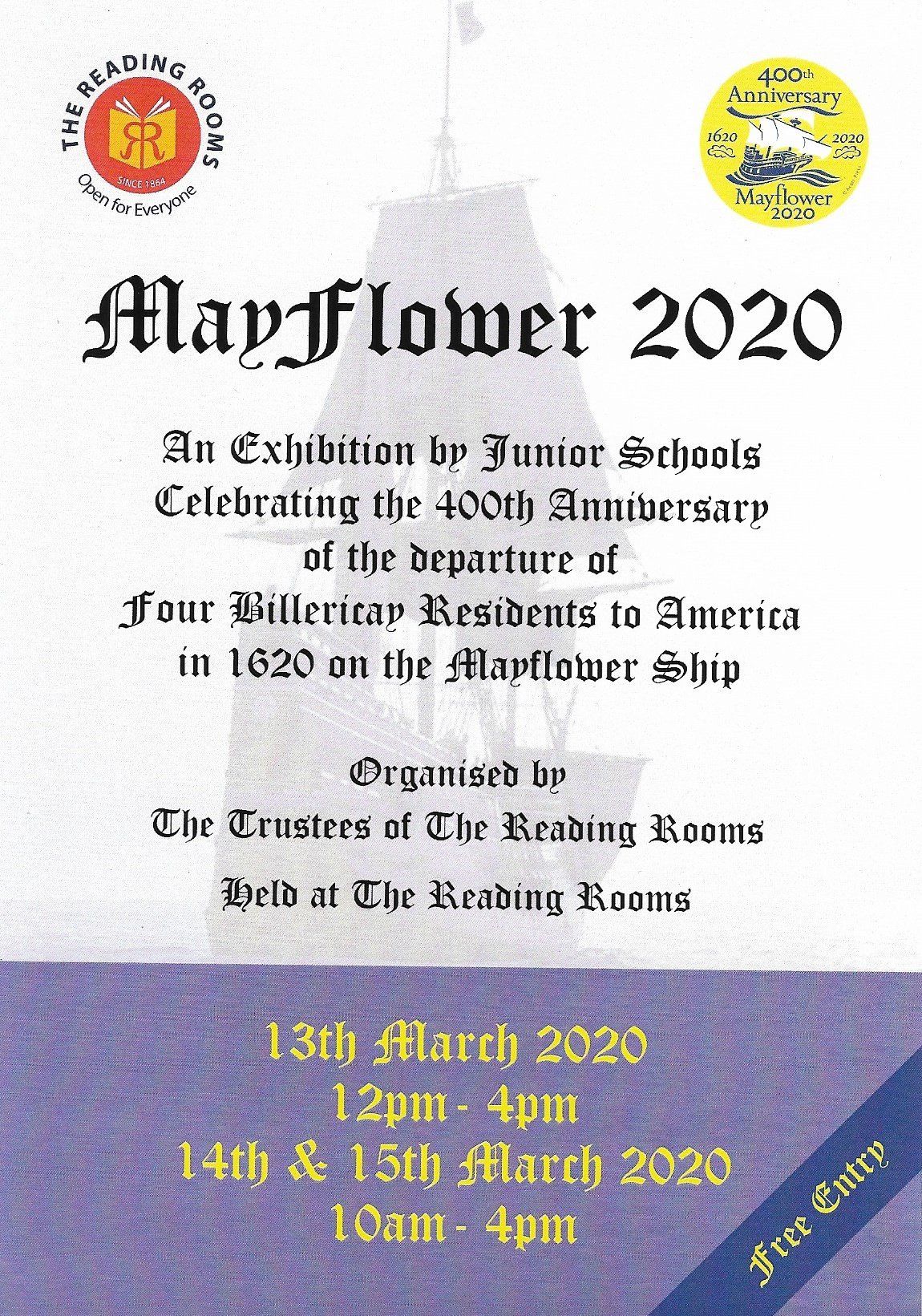HISTORY
HISTORY
Built By and For the Residents of Billericay
"to educate the working classes and to aid their growth and improvement"
Behind its 19th century façade lies one of the hidden gems of Billericay - the Billericay Reading Rooms. If it had not been for the forethought of local residents in the mid-1800s who were concerned about the need "to educate the working classes and to aid their growth and improvement" this building would never have been built.
The mid-1800s were a terrible time in Essex, with dreadful weather for crops on the farms, meaning many families were thrown out of their tied cottages into the Poor House. Disease was rife, with tuberculosis being common; with as many as 8 or 9 sleeping together in one room, there was no way to keep the sick from the fit. Access to clean water and proper sanitation was virtually impossible, as waste was just running into the streams and ponds, ready for drinking. Doctors only visited if you could pay.
The Government of the day was worried about an uprising and, through a series of Acts, brought in many new laws regarding clean water, waste disposal, public health, and schooling for children, plus more poor-houses were built in each area. A major problem was that very few people could read or write. This meant jobs were hard to find, as, even though jobs might be advertised in newspapers, there was no easy means for someone unable to read to find out about them. Few people ever left Billericay, so they did not know when jobs were available outside the town.
Something had to be done and the residents of Billericay banded together to form the Billericay Reading Rooms. The first official meeting was held on the 11th March 1864, at which it was agreed that a Committee should be formed chaired by Rev. G. L. Hansen, with Mr. M. F. Robertson (Head Master at a local Grammar School) as Secretary, and Mr M. Keaveny (Workhouse Governor) as Treasurer. Members included Rev. E. L. Cutts, William Carter (Surgeon), R. L. Williams (Solicitor), and Mr. Salter (Iron Founder). Other members of the group included an ironmonger, a draper, a baker, and a butcher - just ordinary people who understood their town. The committee met four times a year. The original Minutes and Accounts may be seen in the Cater Museum on request.
The Group agreed to raise money to build the Reading Rooms, where periodicals, newspapers and books would be available for all to read (well, not quite - for all men to read). The events organised included events where popular books by Charles Dickens and Wilkie Collins were read with musical accompaniment at a cost of 1d and dinners at 3d per person.
Until 1886, when sufficient monies were raised and the Rooms were built, the meetings were held in Dr. Cater's house and in rented rooms.
The new Reading Rooms consisted of just one room with a cathedral ceiling and a stove (which was only lit in extremely bad weather). With any heat rising up to the ceiling many feet above, they must have read with their hats, coats and gloves on, making turning the pages difficult. In a room lit only by candle light or oil lamp it must have sometimes been difficult to read, as the paper was so thin and the print so small.
Until the 1930s, with no public library in Billericay, the reading Rooms would have been one of the few options for people to practise their reading. The Rooms held a good selection of national and local newspapers and periodicals including the Times, the Daily Telegraph, the Daily Chronicle, Punch, Illustrated News, English Mechanics, Building News, Weekly News and Essex Independent. The local papers would have included jobs that were available not only in Billericay but also in the surrounding areas. The papers were available to read for a month and were then sold to local people to help raise funds.
In the 1930s, after the public library came to Billericay, use of the Rooms switched to recreation, with a billiard table, darts and similar pastimes being available; the purchase of periodicals and books stopped and the rooms closed for long periods due to lack of money.
Problems with monies continued in the 1940s and 50s, with the Committee becoming less active and the rooms being less used and they appear to have closed for about ten years from 1951 with apparently no committee meetings held.
In 1961 one of the Rooms’ Committee members, Mr. Horace O. Iles, advised the local Rotary Club about the problems and it was decided that, as the Rooms were originally built by public subscription, they should try to save them, as such a valuable asset was to a large extent being wasted. With Rotary’s help, a new and enthusiastic committee was formed, consisting of local professional people, members of local organisations and other interested residents. As a result, monies (including the proceeds of the Billericay Carnival) were used to carry out much needed works.
In 1965 the Rooms were registered as a Charity, billiards was discontinued and an extension to the rear was added, providing a kitchen, toilet and storage rooms, allowing the Rooms to be used for local events. However, finance remained a major problem.
More recently, grants have been obtained from many local and national sources for a major and much needed complete refurbishment to bring the Rooms up to 21st Century standard. The improvements included providing access for the less mobile and for wheelchair users, new heating, plus a new ceiling in the original building to retain the heat and also to comply with Health & Safety regulations. These changes were made whilst retaining many of the original features of the Rooms.
The Rooms are now being used by many varied organisations and local people. Our main hall with kitchen has been used for lectures by the Workers Education Association; classes by groups such as the National Childbirth Trust; a support group for people with poor or minimal sight; displays of local artwork; meditation; reflexology; plant sales; children’s parties and so much more.
They are also used for fund raising events by many charities and groups, plus of course they host the annual visit by the Puppet Show during the Billericay Christmas Market in December.
Our Committee Room is used for smaller events, both by public bodies and private groups.
Recently the Trustees have built up a close involvement with four local Junior schools that helped to create the successful Exhibition held to celebrate the Reading Rooms' 150th Anniversary in 2014, followed in 2015 by a further exhibition to commemorate the involvement of Billericay people in WW1. In 2016 the same schools helped design a new logo for the Rooms.
The current Management Committee is still made up of local professional people, members of local organisations and fund raising groups who are dedicated to keeping the Rooms open and available for the local residents of Billericay to use and enjoy.
Why not think about hiring our facilities when you are next holding an event?
Sheila L Pullin - February, 2017.
Schools Exhibitions and Projects
In recent years the Reading Rooms Trustees have organised a series of projects involving local schools. The topics can be seen below. Follow the links to see more pictures of each exhibition or project.
-
2014
More Pictures →150 Years of the Reading Rooms
-
2015
More Pictures →Great War Project
-
2016
More Pictures →Logo Design Project
-
2017
More Pictures →Soapbox Design Project
-
2020
More Pictures →Mayflower 400th Anniversary
View more
CONTACT US
Booking Enquiries:bookings@thereadingrooms.org 07917 076490
The Reading Rooms, 73 High Street, Billericay, CM12 9AS
General Enquiries:
admin@thereadingrooms.org
07917 076490
The Reading Rooms, 73 High Street,
Billericay, CM12 9AS
General Enquiries:
admin@thereadingrooms.org
2020 All rights reserved





